(Decorative Arts: Design since 1860, 23rd October 2019) MAY MORRIS (1862-1938) FOR MORRIS & COMPANY 'THE FRUIT GARDEN', ARTS & CRAFTS SILKWORK EMBROIDERED HANGING, CIRCA 1880 the green silk damask ground with silkwork embroidered design of fruiting apple, pomegranate and plum trees with scrolling foliate motifs and flowering shrubs, the embroidered banner with inscription ALL WROUGHT BY THE WORM IN THE PEASANT-CARLE'S COT ON THE MULBERRY LEAFAGE WHEN SUMMER WAS HOT, reserved on a later braided cotton backing and border 274cm x 140cm Literature: Hulse, Lynn et. al, May Morris Arts & Crafts Designer, Thames & Hudson, London, 2017, pl. 74-74, p.90-91 Note: May Morris’ achievements in design and embroidery have often been overlooked in light of the reputation of her father William, who is recognised as a pioneer of the Arts & Crafts movement. Yet it was May who, at the age of only 23, took charge of Morris & Co.’s textile department and, in doing so, established herself as one of the leading female exponents of Arts & Crafts embroideries. This portière, titled The Fruit Garden and executed towards the latter period of her career, exemplifies some of May’s finest work and signals an attempt to distinguish herself from her father, carving her own successful legacy. Growing up in the shadow of her father, with her mother working within the textile department of his firm, May was unsurprisingly immersed in an environment of intense craftwork. At the time, embroidery was not seen to have the same reputation as fine artistry in the form of beautifully crafted furniture or elaborate paintings. This was largely due to the Victorian preoccupation with Berlin work – a variation of cross-stitch which required little dexterity and little aesthetic awareness as it was provided in pattern form. At the core of May’s creative output however was an appreciation of the intellectual quality of English medieval embroidery, which was, to her mind, the pinnacle of achievement in needlework. In The Fruit Garden, this is demonstrated by the complex array of embroidery techniques as the piece is worked in stem, darning, satin and herringbone stitches, to name only a few. As a result, May is regarded as an instrumental figure in elevating needlework from a mere domestic craft to a serious art form. The composition shows a central tree, flanked by a colourful orchard of sinuous apple, pomegranate and cherry trees, The Fruit Garden successfully depicts naturalistic interlocking sprays of acanthus leaves and fruiting vines with delicacy, skill and creative invention. The inscription, an excerpt taken from her father’s poem The Flowering Orchard implies the portière was intended as a series, each with subtle differences in the composition and bearing another excerpt from the poem. Records from May’s inventory indicate that four separate orders were placed from 1892 to 1896 and a near identical and signed version of this portière exists in the collection of the Museum of Fine Arts in Boston. As strong coloured silks intertwine against a deep green damask ground, The Fruit Garden is a stunning visual delight, made to complement the simplicity and subtlety of Arts & Crafts furniture. After William Morris’ death in 1896, May devoted much of her life preserving his work and legacy, perhaps at a detriment to her own. In recent years, further academic research has driven a resurgence in interest in her textile designs, and in many ways her acclaim as a talented embroiderer has surpassed that of her father. The Fruit Garden portières are recognised as some of the most exceptional products of art embroidery and illustrate May at the peak of her career, representing her desire to produce “meaningful pieces that fill a purpose and satisfy individual interest.”
(Decorative Arts: Design since 1860, 23rd October 2019) MAY MORRIS (1862-1938) FOR MORRIS & COMPANY 'THE FRUIT GARDEN', ARTS & CRAFTS SILKWORK EMBROIDERED HANGING, CIRCA 1880 the green silk damask ground with silkwork embroidered design of fruiting apple, pomegranate and plum trees with scrolling foliate motifs and flowering shrubs, the embroidered banner with inscription ALL WROUGHT BY THE WORM IN THE PEASANT-CARLE'S COT ON THE MULBERRY LEAFAGE WHEN SUMMER WAS HOT, reserved on a later braided cotton backing and border 274cm x 140cm Literature: Hulse, Lynn et. al, May Morris Arts & Crafts Designer, Thames & Hudson, London, 2017, pl. 74-74, p.90-91 Note: May Morris’ achievements in design and embroidery have often been overlooked in light of the reputation of her father William, who is recognised as a pioneer of the Arts & Crafts movement. Yet it was May who, at the age of only 23, took charge of Morris & Co.’s textile department and, in doing so, established herself as one of the leading female exponents of Arts & Crafts embroideries. This portière, titled The Fruit Garden and executed towards the latter period of her career, exemplifies some of May’s finest work and signals an attempt to distinguish herself from her father, carving her own successful legacy. Growing up in the shadow of her father, with her mother working within the textile department of his firm, May was unsurprisingly immersed in an environment of intense craftwork. At the time, embroidery was not seen to have the same reputation as fine artistry in the form of beautifully crafted furniture or elaborate paintings. This was largely due to the Victorian preoccupation with Berlin work – a variation of cross-stitch which required little dexterity and little aesthetic awareness as it was provided in pattern form. At the core of May’s creative output however was an appreciation of the intellectual quality of English medieval embroidery, which was, to her mind, the pinnacle of achievement in needlework. In The Fruit Garden, this is demonstrated by the complex array of embroidery techniques as the piece is worked in stem, darning, satin and herringbone stitches, to name only a few. As a result, May is regarded as an instrumental figure in elevating needlework from a mere domestic craft to a serious art form. The composition shows a central tree, flanked by a colourful orchard of sinuous apple, pomegranate and cherry trees, The Fruit Garden successfully depicts naturalistic interlocking sprays of acanthus leaves and fruiting vines with delicacy, skill and creative invention. The inscription, an excerpt taken from her father’s poem The Flowering Orchard implies the portière was intended as a series, each with subtle differences in the composition and bearing another excerpt from the poem. Records from May’s inventory indicate that four separate orders were placed from 1892 to 1896 and a near identical and signed version of this portière exists in the collection of the Museum of Fine Arts in Boston. As strong coloured silks intertwine against a deep green damask ground, The Fruit Garden is a stunning visual delight, made to complement the simplicity and subtlety of Arts & Crafts furniture. After William Morris’ death in 1896, May devoted much of her life preserving his work and legacy, perhaps at a detriment to her own. In recent years, further academic research has driven a resurgence in interest in her textile designs, and in many ways her acclaim as a talented embroiderer has surpassed that of her father. The Fruit Garden portières are recognised as some of the most exceptional products of art embroidery and illustrate May at the peak of her career, representing her desire to produce “meaningful pieces that fill a purpose and satisfy individual interest.”
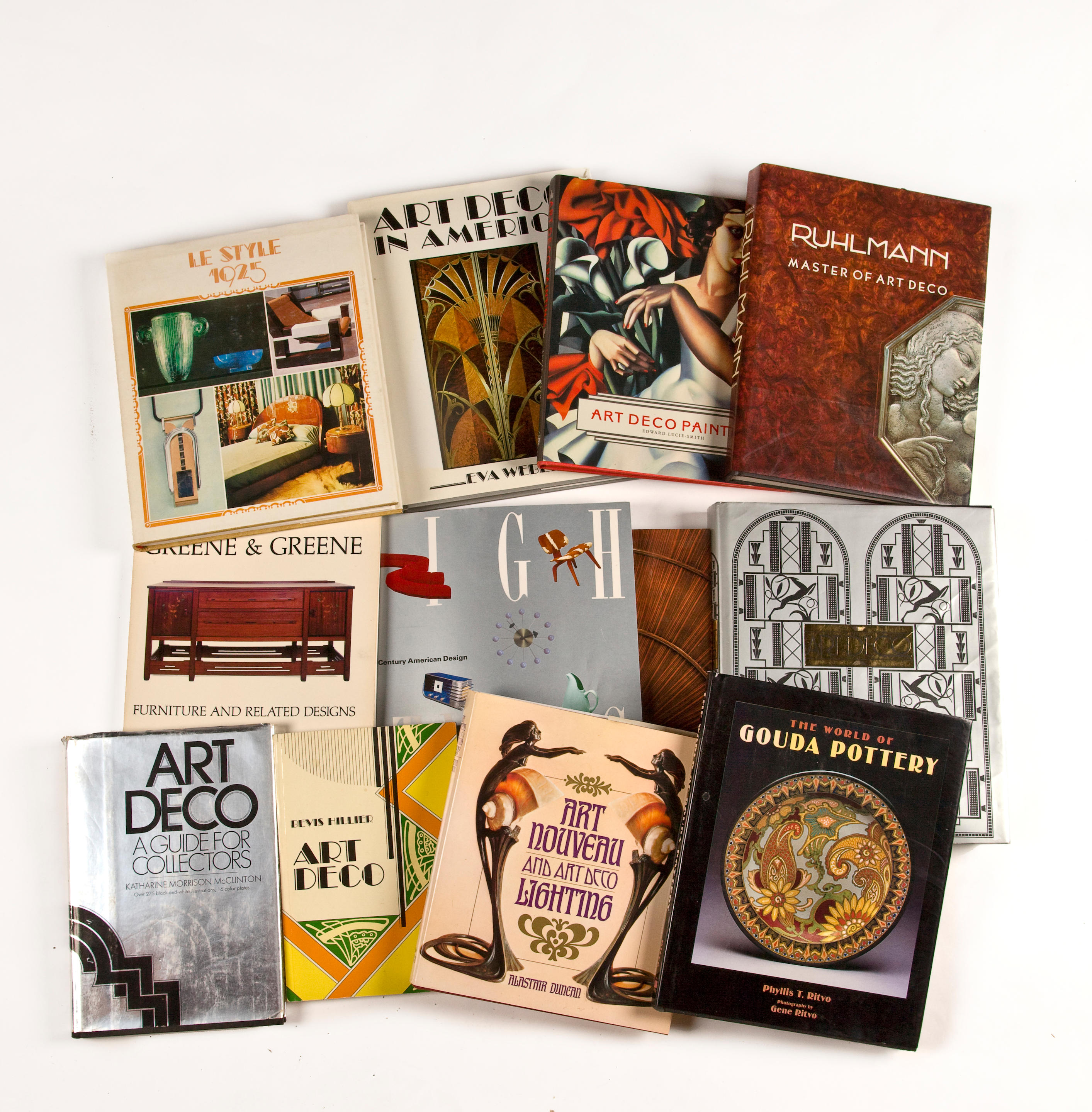
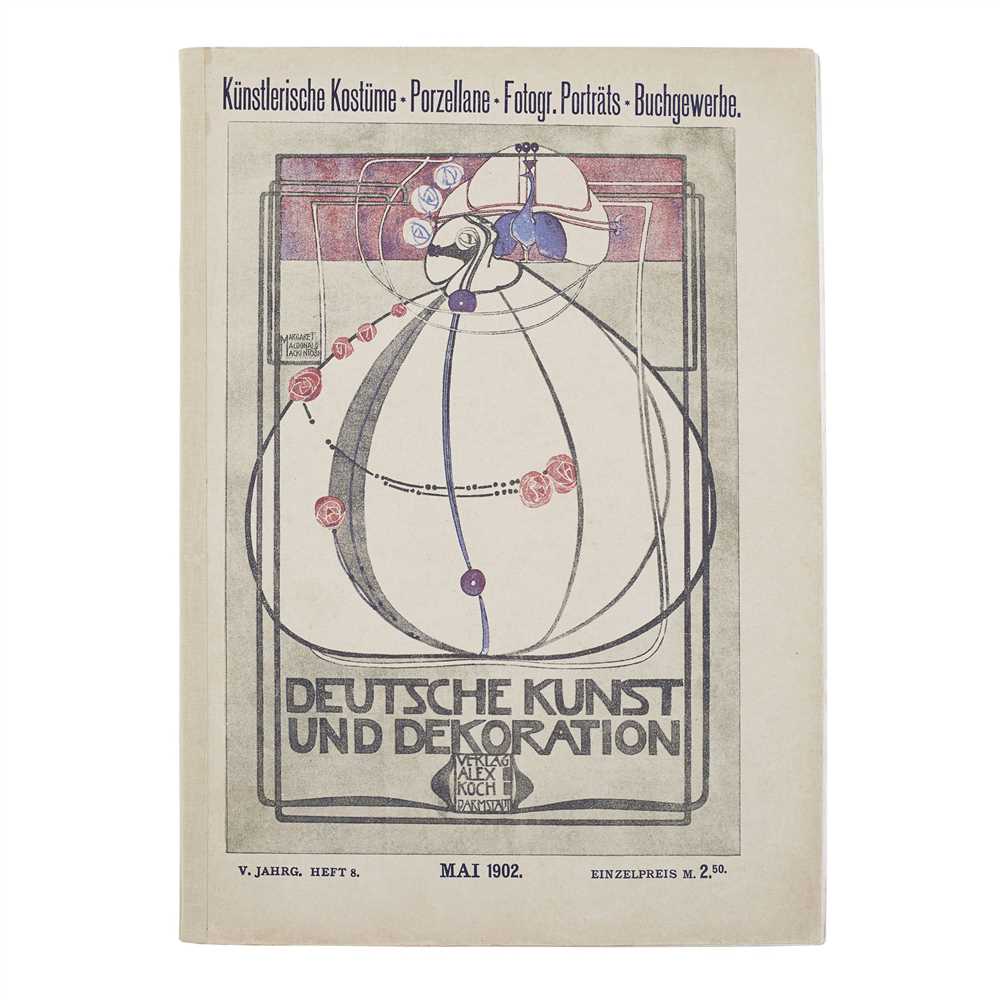
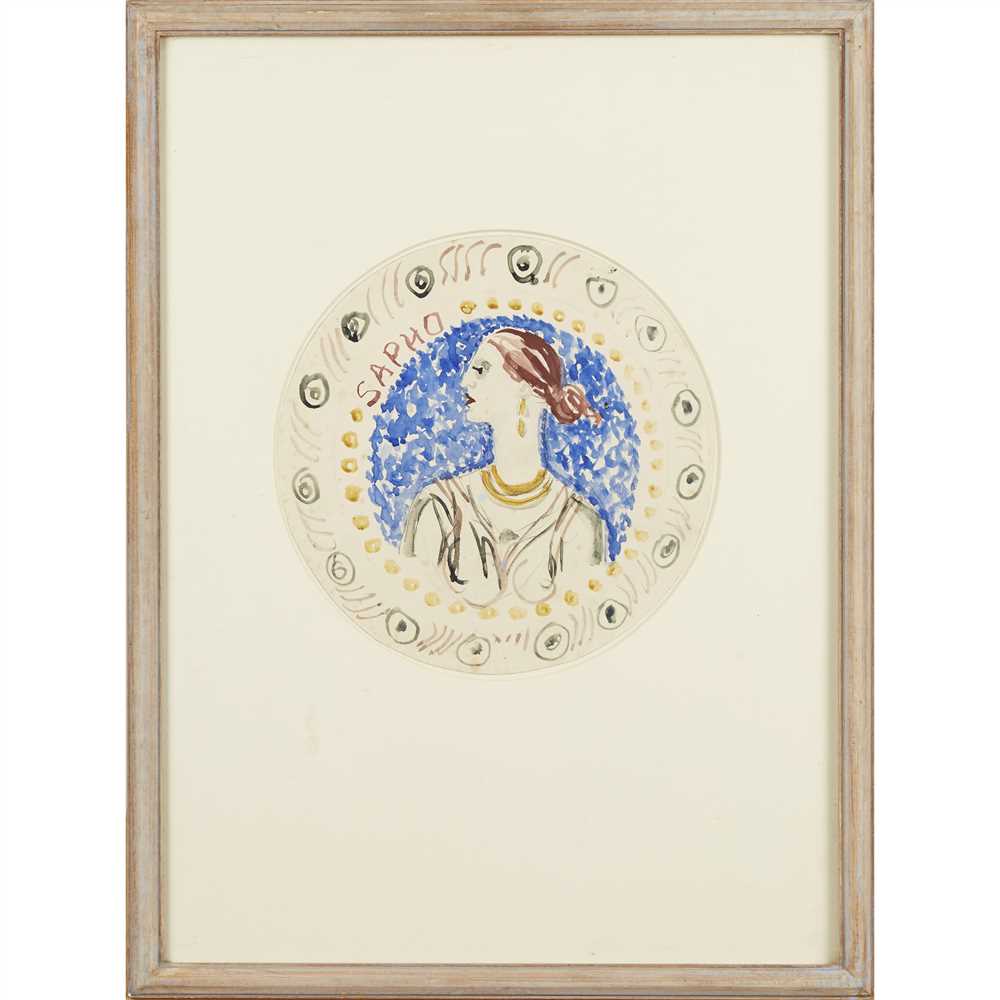
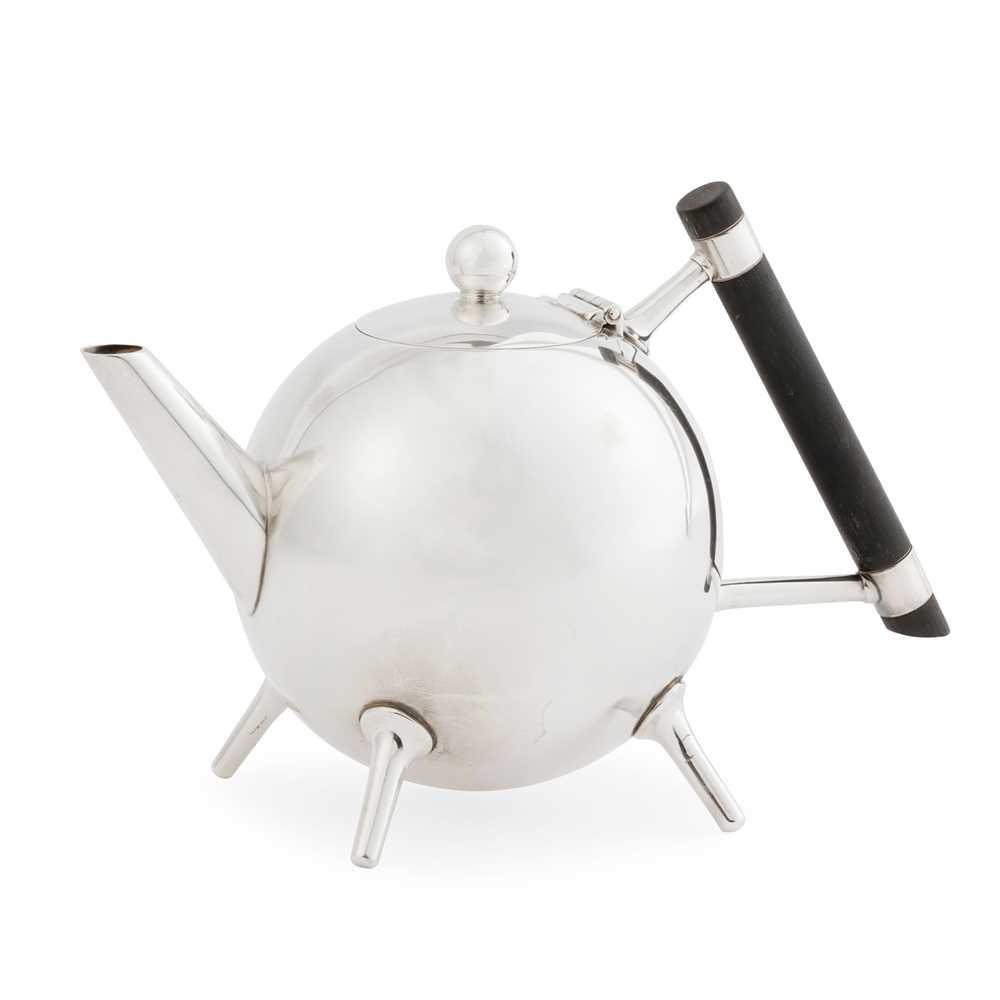
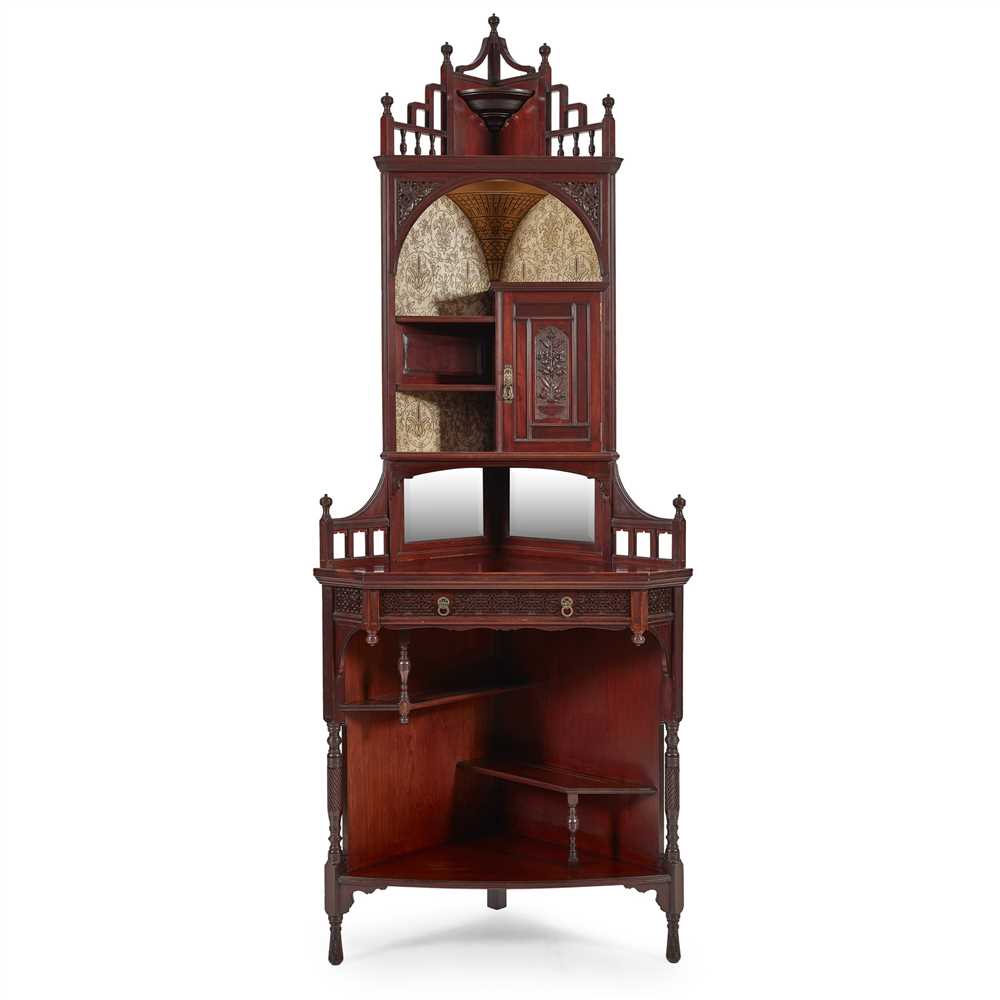

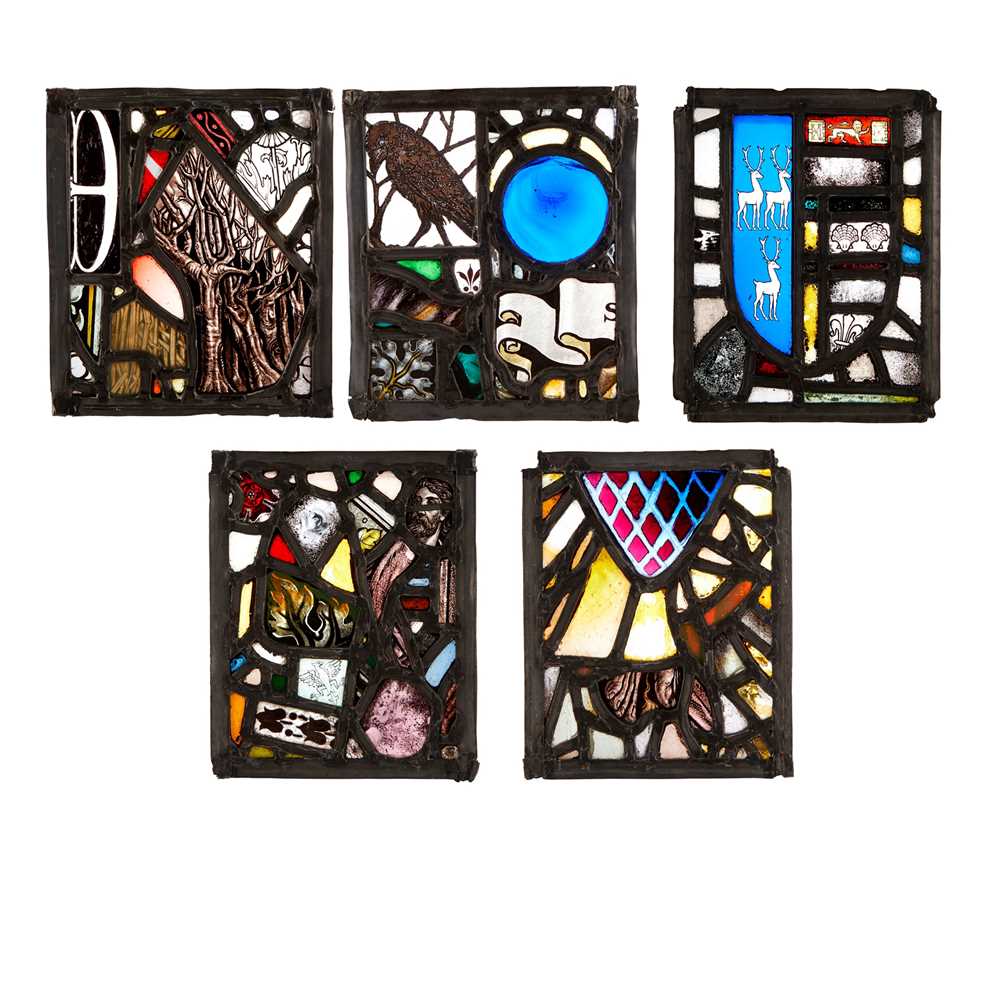
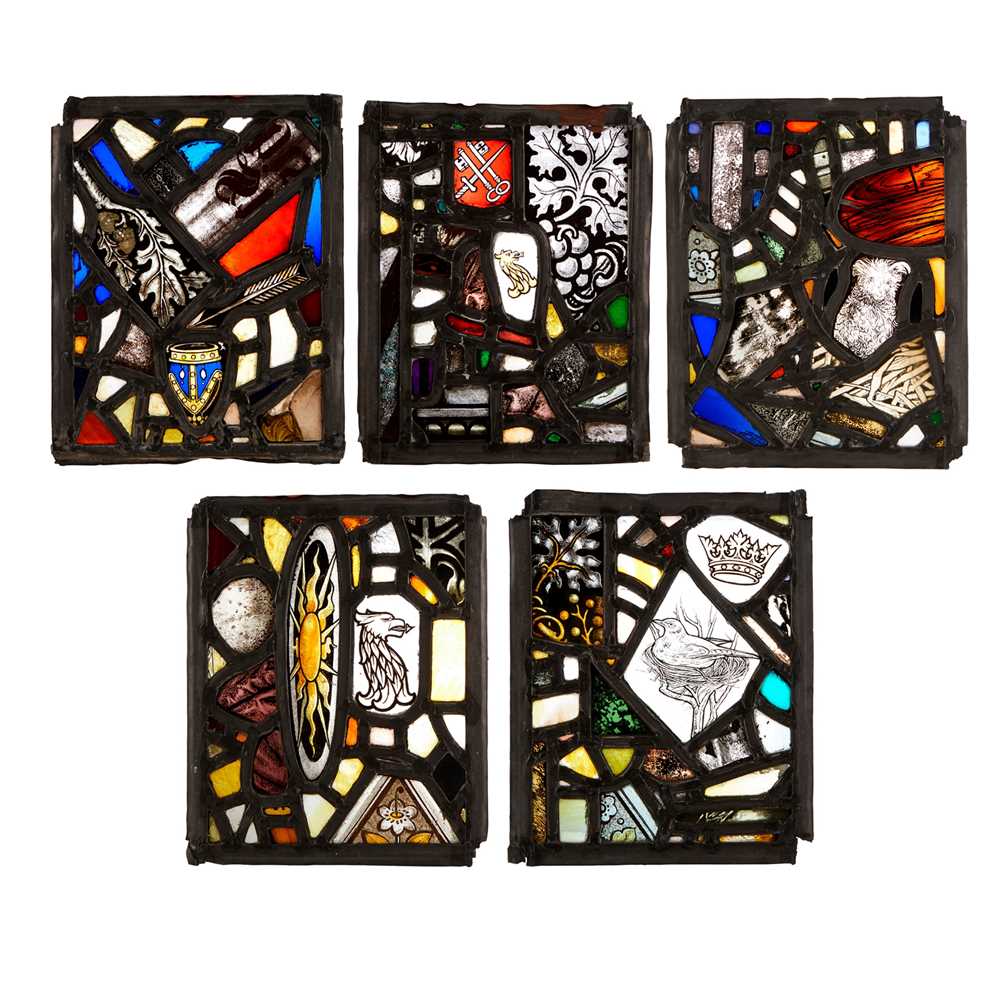
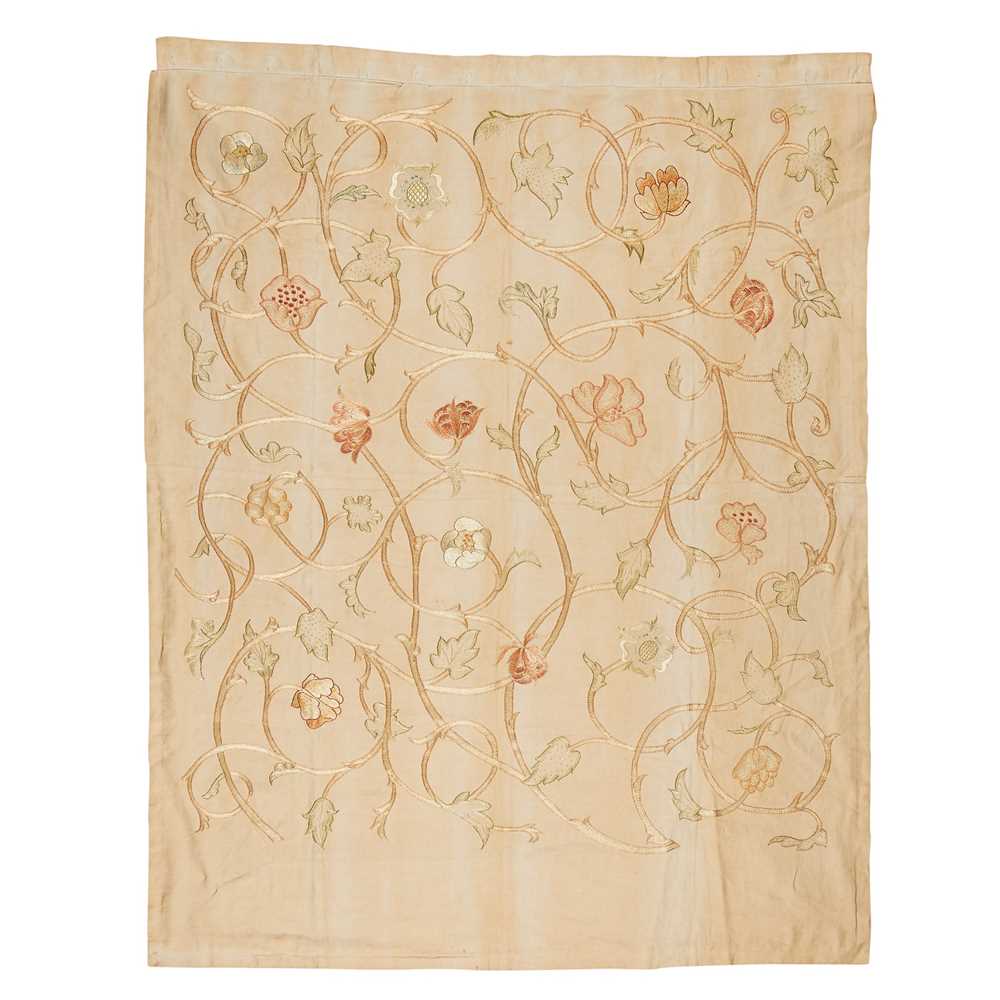
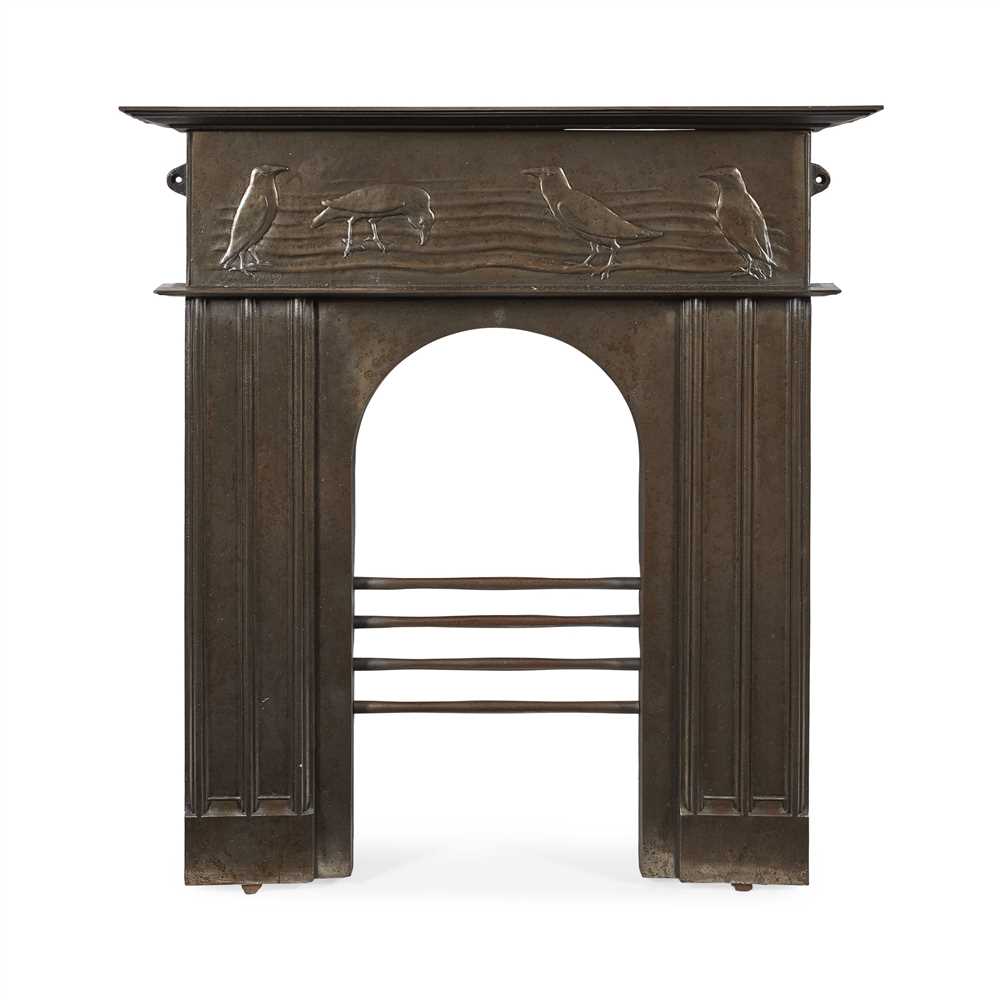
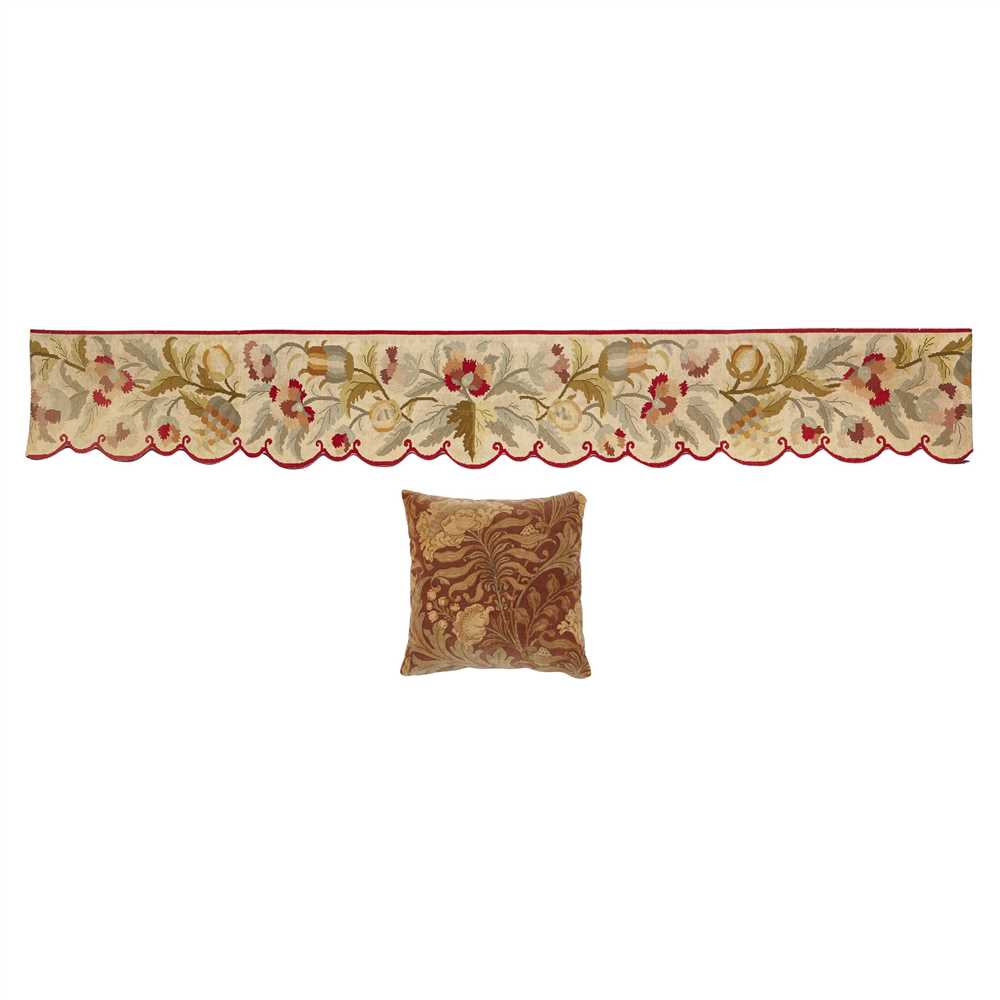
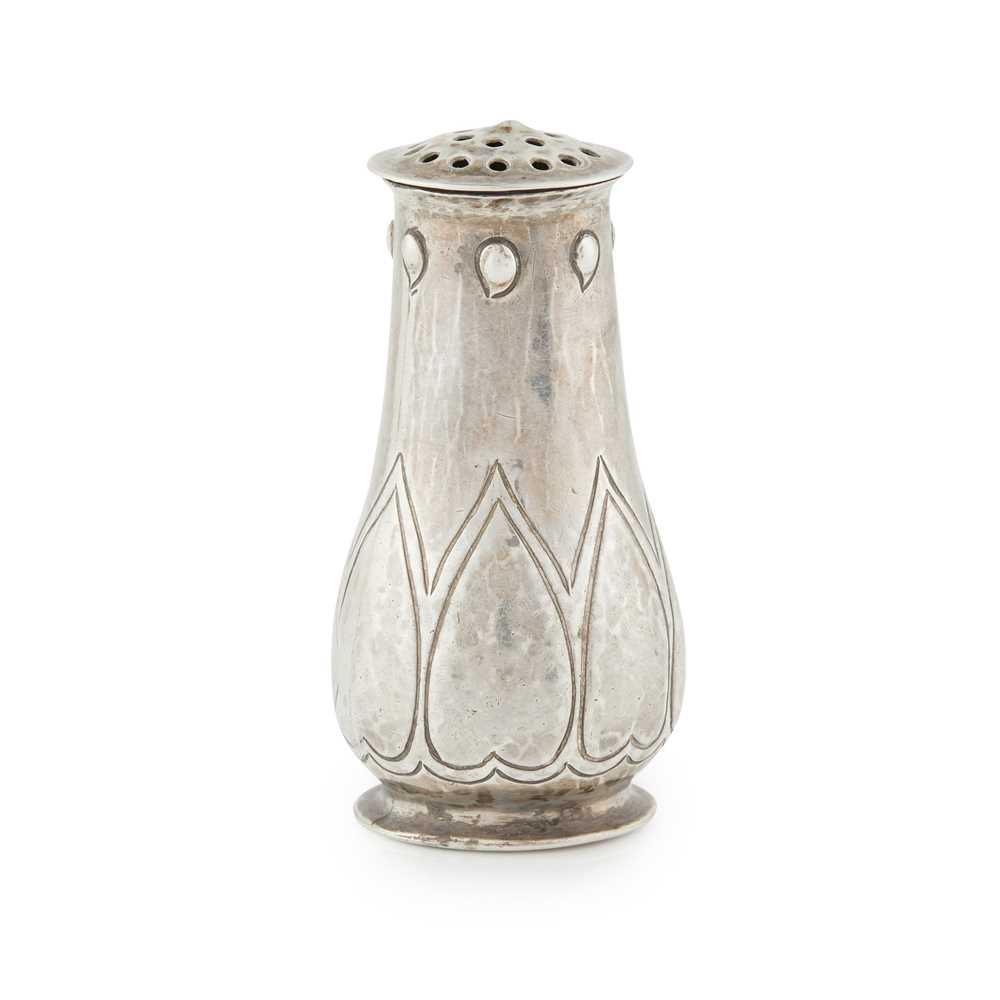
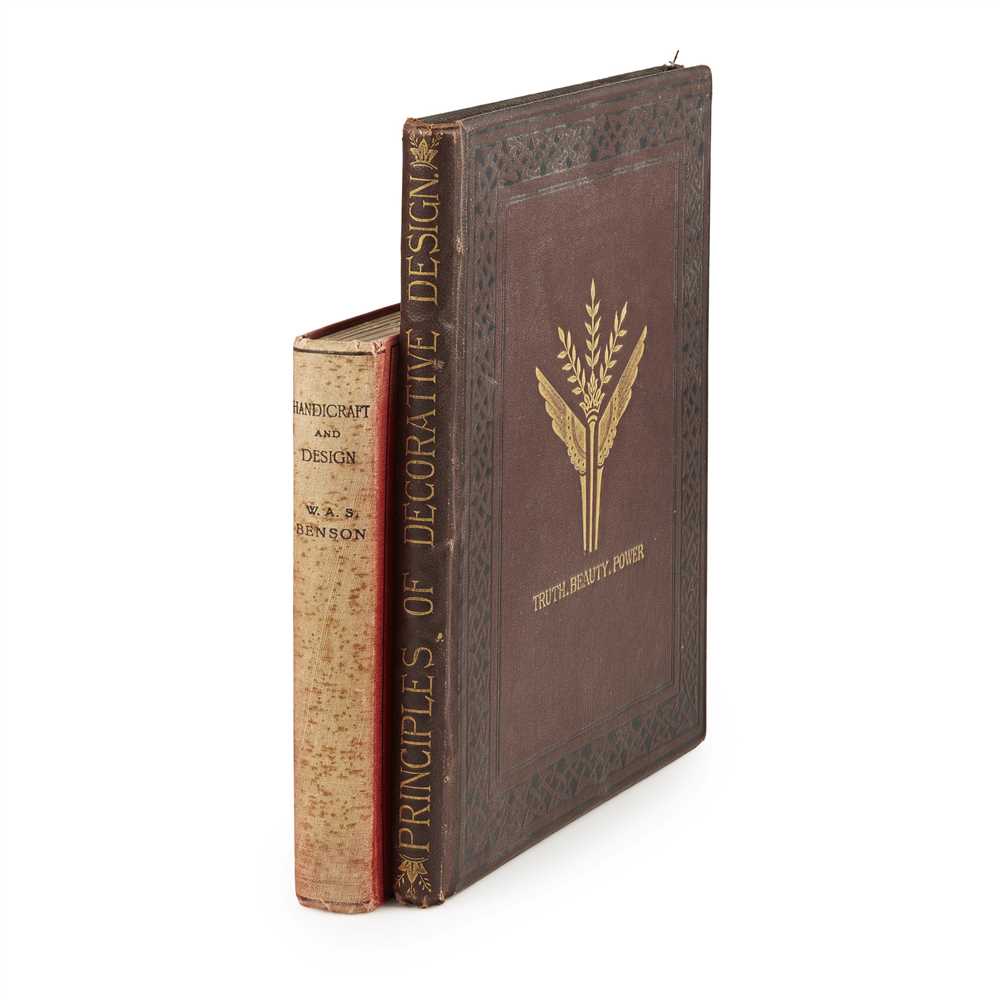
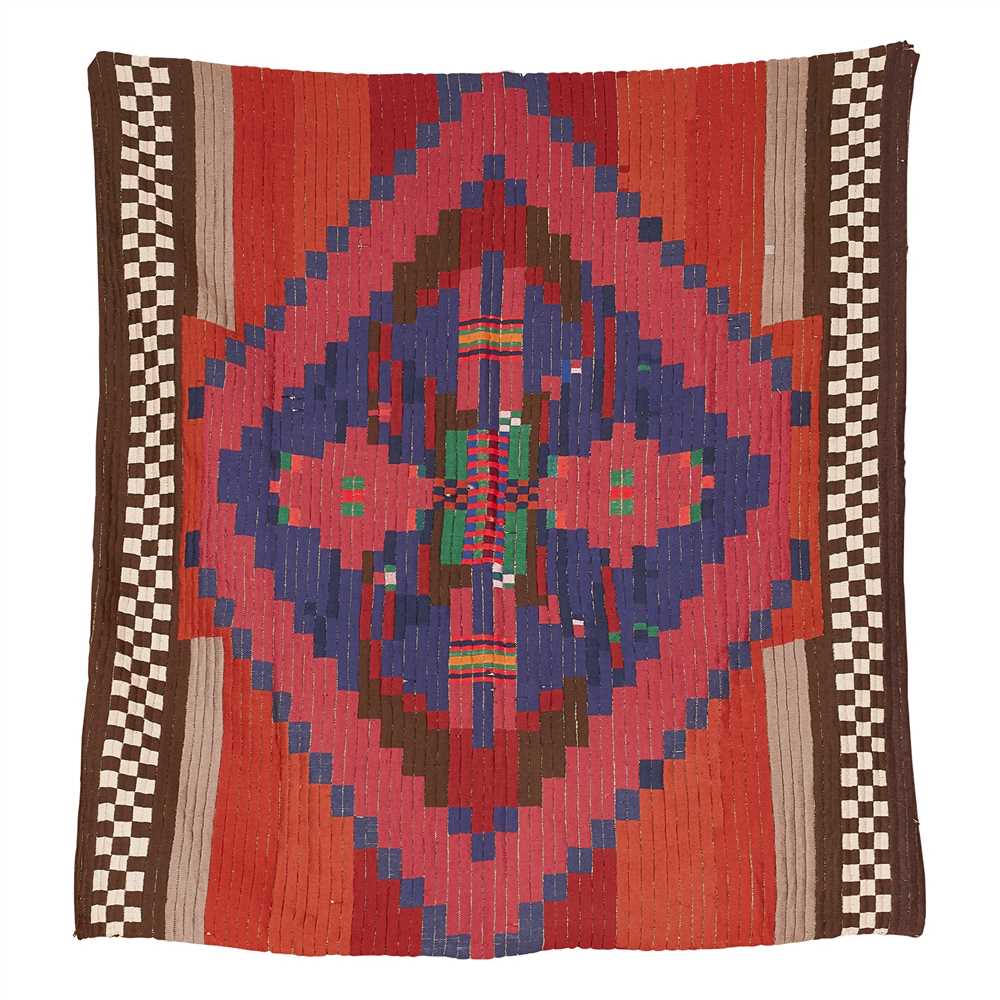
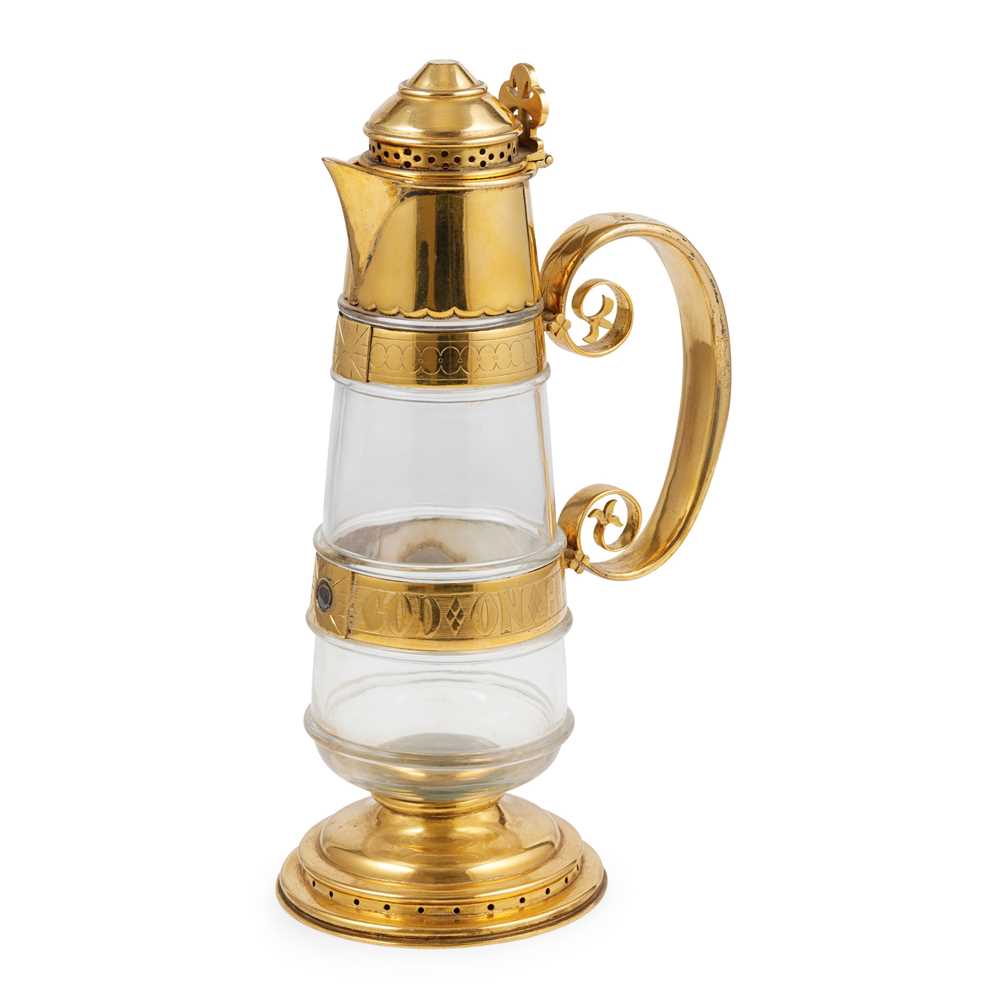
Testen Sie LotSearch und seine Premium-Features 7 Tage - ohne Kosten!
Lassen Sie sich automatisch über neue Objekte in kommenden Auktionen benachrichtigen.
Suchauftrag anlegen